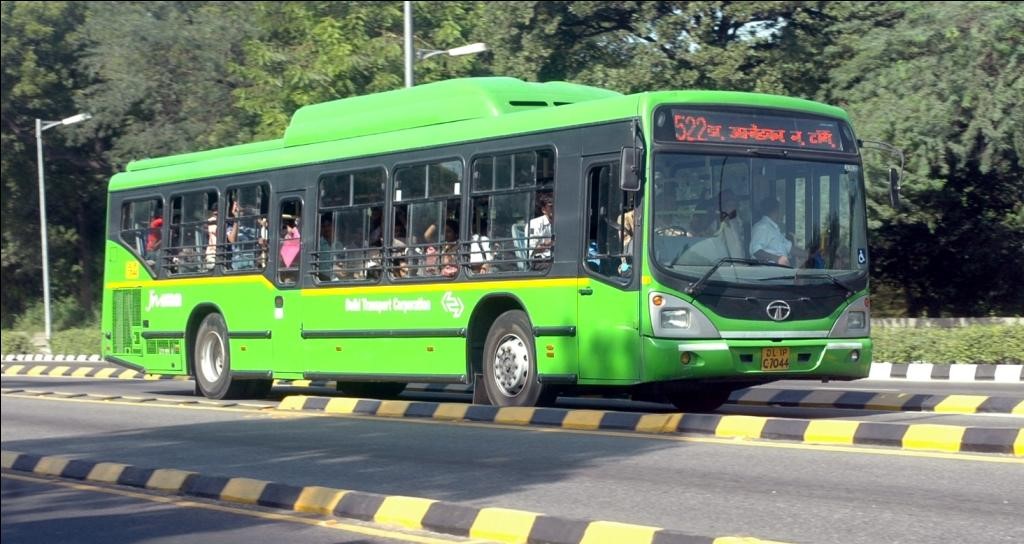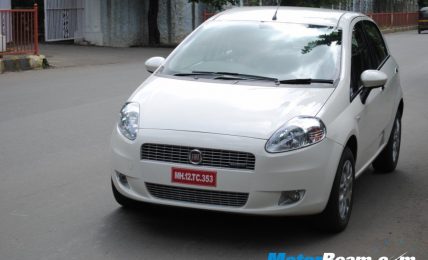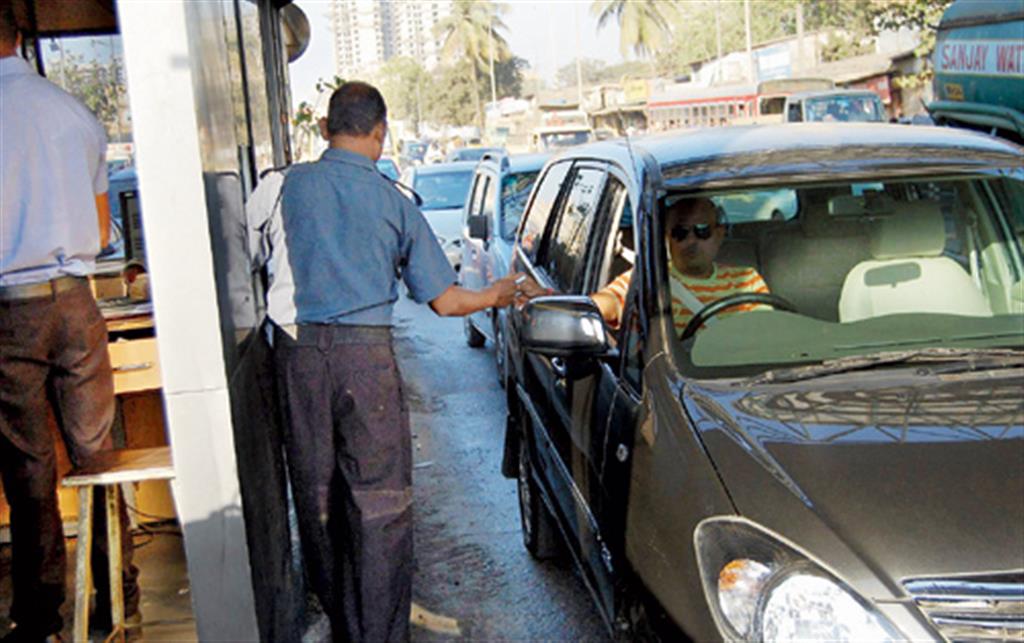
From April 2026, India will mandate advanced safety features
In a significant move to enhance road safety, the Ministry of Road Transport and Highways has proposed new regulations mandating advanced driver assistance systems (ADAS) in large passenger vehicles, including buses and trucks.
According to a draft notification, all new models of such vehicles manufactured from April 2026 must be equipped with features like Automatic Emergency Braking System (AEBS), Driver Drowsiness and Attention Warning System (DDAWS) and Lane Departure Warning System (LDWS). The same safety standards will apply to existing vehicle models starting October 2026.
The proposed amendment to the Central Motor Vehicles Rules aims to reduce road accidents caused by human error, distraction and delayed driver response. These technologies are expected to alert drivers in real-time and even intervene when necessary to prevent or minimise collisions.
Breakdown of Mandatory Safety Features
The AEBS will automatically detect potential forward collisions and engage the brakes if the driver fails to react promptly. This is expected to help reduce the severity of accidents, particularly at higher speeds.
LDWS will monitor the vehicle’s position on the road and issue warnings when it unintentionally veers out of its lane. The system is designed to alert the driver through visual, audio or tactile signals, encouraging timely corrective action.
Meanwhile, the DDAWS will assess driver alertness using parameters such as steering behavior, lane discipline and facial cues. If signs of drowsiness or inattention are detected, the system will trigger an alert to prompt the driver to take a break or refocus on the road.
In addition to these core features, trucks and buses will also be required to install a blind spot detection system. This system will identify pedestrians and cyclists near the vehicle—especially in areas not visible through mirrors—and notify the driver to prevent potential collisions. This addition comes in response to ongoing concerns over accidents involving vulnerable road users, despite existing mirror systems.
A Step Toward Safer Roads
The government’s proposal aligns with its broader effort to improve traffic safety and reduce fatalities, especially involving commercial and high-capacity passenger vehicles. If implemented, the new rules could mark a turning point in the adoption of smart safety technologies across India’s transport sector.
The draft notification is currently open for stakeholder feedback and is expected to be finalised in the coming months.





